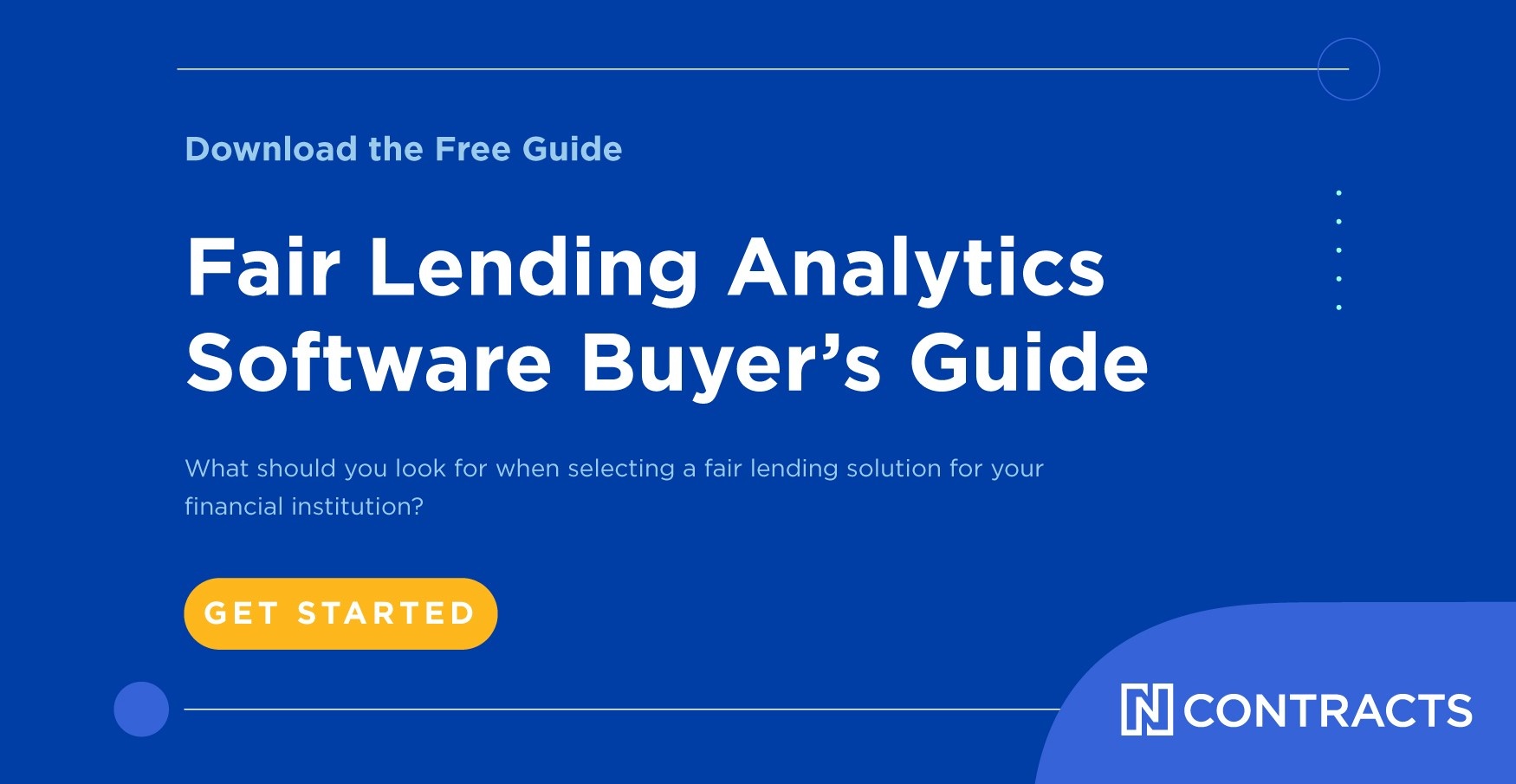UDAAPs, also known as "unfair, deceptive, or abusive acts or practices," are a key aspect of consumer compliance and continue to be a regulatory focal point. This post will help you learn how to reduce your UDAAP compliance risk, and avoid potential violations. Learn three tips for reducing your risk, and even get access to valuable UDAAP resources!
As UDAAP continues to claim the spotlight, financial institutions nationwide are looking for ways to reduce their UDAAP compliance risk and avoid violations.
In fact, the CFPB levied a $3.2M fine against one online lender for UDAAPs earlier this month. There was another $11M UDAAP settlement last December! Last fall, then-Acting Director of the CFPB Mick Mulvaney indicated that he wanted to more clearly define "abusive."
So how can you understand and manage your UDAAP compliance risk?
Based on everything we're seeing, it is clear that UDAAP is still in the spotlight for the regulators. Compliance officers nationwide are working to manage their compliance risk and understand the way that UDAAP is woven into other areas of consumer compliance.
Here are 3 quick tips for avoiding UDAAP violations and understanding the UDAAP risks facing your institution:
1. Pay Attention to Vulnerable Consumers, and Provide More Options to Help Them
Some say that the spirit of UDAAP compliance is all about protecting vulnerable consumers. A so-called "vulnerable consumer" is often described in terms of consumer characteristics or demographics such as age, disability, gender, race/ethnicity, low or limited literacy, receipt of public assistance, and education level. You may notice that this concept is similar to the protected class concept in Fair Lending compliance.
Every financial institution comes into contact with vulnerable consumers and customers; it's probably a good idea to consider providing more options to help them. For example, the product description in your telephone script could be more than one-size-fits-all.
2. Actively Manage and Monitor Consumer Complaints, Particularly Those That Imply UDAAP Risk
 The regulators are leaning heavily on consumer complaints to identify potential UDAAP compliance issues; as such, consumer complaints play a key role in the detection of unfair, deceptive and/or abusive practices.
The regulators are leaning heavily on consumer complaints to identify potential UDAAP compliance issues; as such, consumer complaints play a key role in the detection of unfair, deceptive and/or abusive practices.
This means that consumer complaints act as an essential source of information for you and your institution, as well as for regulators and examiners in their regulatory enforcement and rule-making.
3. Consider Talking to Consultants, and Internal and External Counsel, Before Making Changes
Regulators will have access to any documentation or written materials about your compliance program. If you identify UDAAP risk exposure, it is a good idea to address it; that said, how you address it really does matter.
Depending on your regulator, geography and other factors, an examiner may view improvement efforts as admission of awareness of UDAAP violations, and critique your institution for not making improvements quickly enough. In addition, you may want some of your work covered by attorney-client privilege, so that community groups and journalists don't have access.
Experienced compliance professionals can help you effectively manage and mitigate your UDAAP risk, without exposing you to even more in the process.
And a final note...
The CFPB's strategic plan for 2018-2022 focuses on UDAAP compliance.
The strategic plan says that objective 2.1 is to "protect consumers from unfair, deceptive, or abusive acts and practices and from discrimination." In this section, they also focus on elder abuse. And just to reiterate, in October, then-Acting Director Mick Mulvaney said that the Bureau is working on a regulation to define "abusive" more clearly. Many experts have said that this effort presents a real challenge for the Bureau.
Since the CFPB is the lead enforcer of UDAAP compliance issues, this is an important signal for the entire financial services industry.
